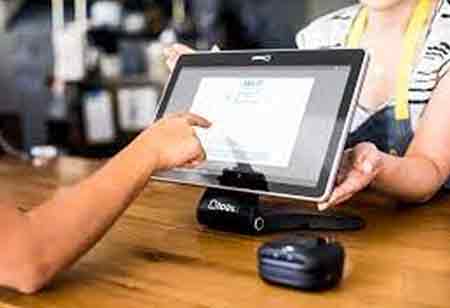THANK YOU FOR SUBSCRIBING
Be first to read the latest tech news, Industry Leader's Insights, and CIO interviews of medium and large enterprises exclusively from Food and Beverage Tech Review
Importance of Adopting Technology in the Restaurant Sector
Restaurants are realizing that they can succeed by implementing technologies and thereby being agile during unpredictable times.

By
Food and Beverages Tech Review | Wednesday, May 19, 2021
Stay ahead of the industry with exclusive feature stories on the top companies, expert insights and the latest news delivered straight to your inbox. Subscribe today.
Restaurants are realizing that they can succeed by implementing technologies and thereby being agile during unpredictable times.
FREMONT, CA: The business lessons learned during the pandemic are still emerging as restaurant executives look forward to expanding their business. As they continue to evaluate their operations in light of an uncertain future, there are noteworthy trends to follow. In reacting to COVID-19, the vital role and importance of technology saw a quick acceleration. Indeed, what the restaurant sector thought was on the horizon for 2025 will be deployed in 2021. Here are the main areas of increased technology acceleration in the restaurant industry.
 Frictionless Consumer Experience
Frictionless Consumer Experience
Customers will demand restaurant experiences that provide the least human interaction. During the pandemic, restaurants that rapidly pivoted to takeout and delivery can operate more profitably than those who were slow to change. Next year will bring competitors to restaurants. It’s not too late to provide touchless options because on-premises guest traffic will continue to ebb and flow. For restaurants deployed robust delivery platforms, it’s not too early to consider delivery by autonomous vehicles set to take to the roads.
Need for Transparency
Disrupted supply chains will continue to impact the food business in 2021, and end-to-end supply chain visibility will be vital to meet challenges created by shortages. Look for opportunities to deploy and again serve customers’ requirements by supplying hard-to-get grocery items. Next year, restaurants will be required to do more within their supply chains. The potential to consistently offer a complete menu will depend on accurate data for availability and delivery.
Leveraging Automation
Restaurants will continue to be needed to do more tasks with less labor. It will become a matter of survival to automate internal operations that were historically done manually, like food prep calculations and inventory management. The requirements for employees in consumer-facing roles will increase, so automating manual tasks will enable restaurants to allocate manpower to help pick-up and delivery platforms. Automating and generating data protects the customer in a centralized, easily accessible manner.
See Also ; Top 10 Beverage Tech Companies - 2020
I agree We use cookies on this website to enhance your user experience. By clicking any link on this page you are giving your consent for us to set cookies. More info







